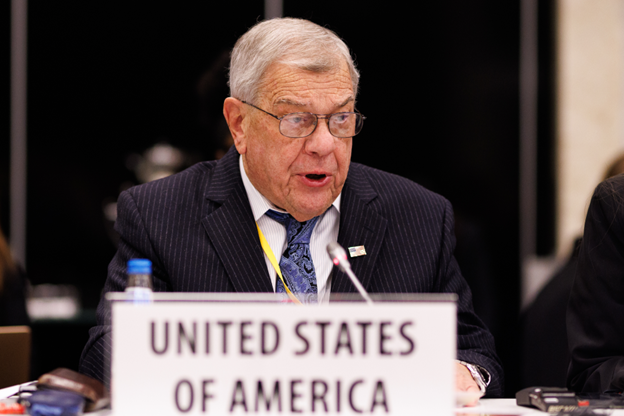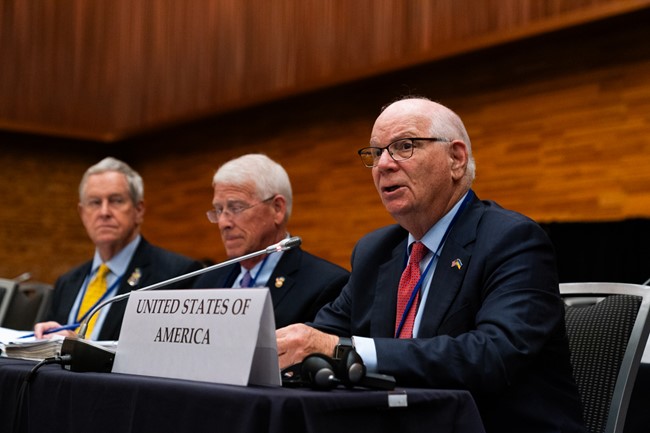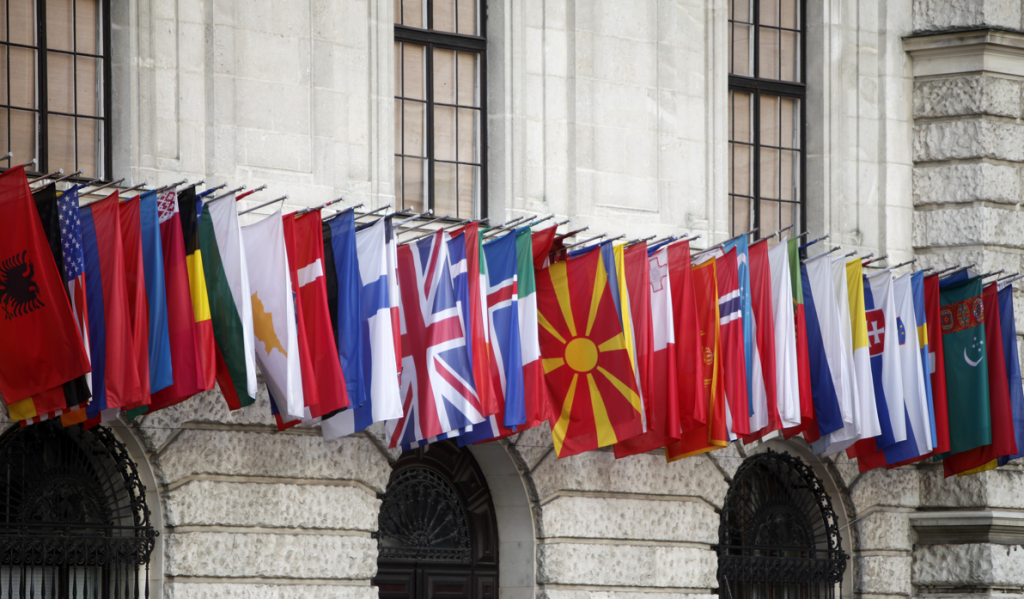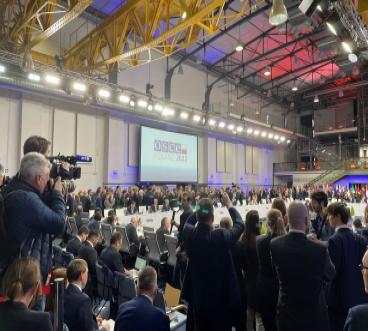By Janice Helwig,
Policy Advisor and Representative of the Helsinki Commission to the USOSCE
From June 19 to June 20, 2017, approximately 150 representatives of governments, academia, and international organizations from 41 OSCE participating States and seven Partners for Cooperation gathered in Berlin for the annual OSCE Asian Partners.
The venue of the annual conference rotates among the five OSCE Asian Partners for Cooperation; however, as this year’s chair of the Asian Partners Contact Group, Germany hosted rather than Afghanistan.
The conference, with a theme of “Common Challenges and Common Opportunities,” opened with a high-level session in which participants discussed security challenges in the OSCE and Asian regions.
H.E. Adela Raz, Afghanistan’s Deputy Foreign Minister for Economic Cooperation, described the growing complexities of combating terrorism, including an increase in foreign terrorist fighters, links between international organized crime and terrorist financing, and the vulnerability to recruitment of unemployed and marginalized youth. The session also focused on threats stemming from North Korea’s nuclear and missile testing programs, territorial disputes in the South China Sea, and cybercrime.
A second session focused on connectivity and regional economic cooperation, particularly between Afghanistan and the countries of the Central Asian region. Participants discussed various initiatives to foster trade along the historic Silk Road, including building roads, railways, and modernized ports, as well as developing digital and financial connectivity.
The third session looked at three specific United Nations Sustainable Development Goals –, goal 4 on ensuring inclusive and quality education for all, goal 5 on achieving gender equality, and goal 16 on promoting peaceful and inclusive societies – and opportunities for the OSCE to support them. Common priorities discussed included increasing access to and funding for quality education, combating violence against women, and promoting human rights and the rule of law.
A side event organized by the OSCE focused on a project to increase women’s participation in water management and promote confidence-building between Afghanistan and Central Asia. Women play a major role in household use of water in the rural areas of the region, but often have little say in decisions concerning water management. The OSCE project fosters the development of a regional network of female water professionals from state agencies, NGOs, research institutes, and water users associations and providing capacity building in negotiation and mediation skills.





